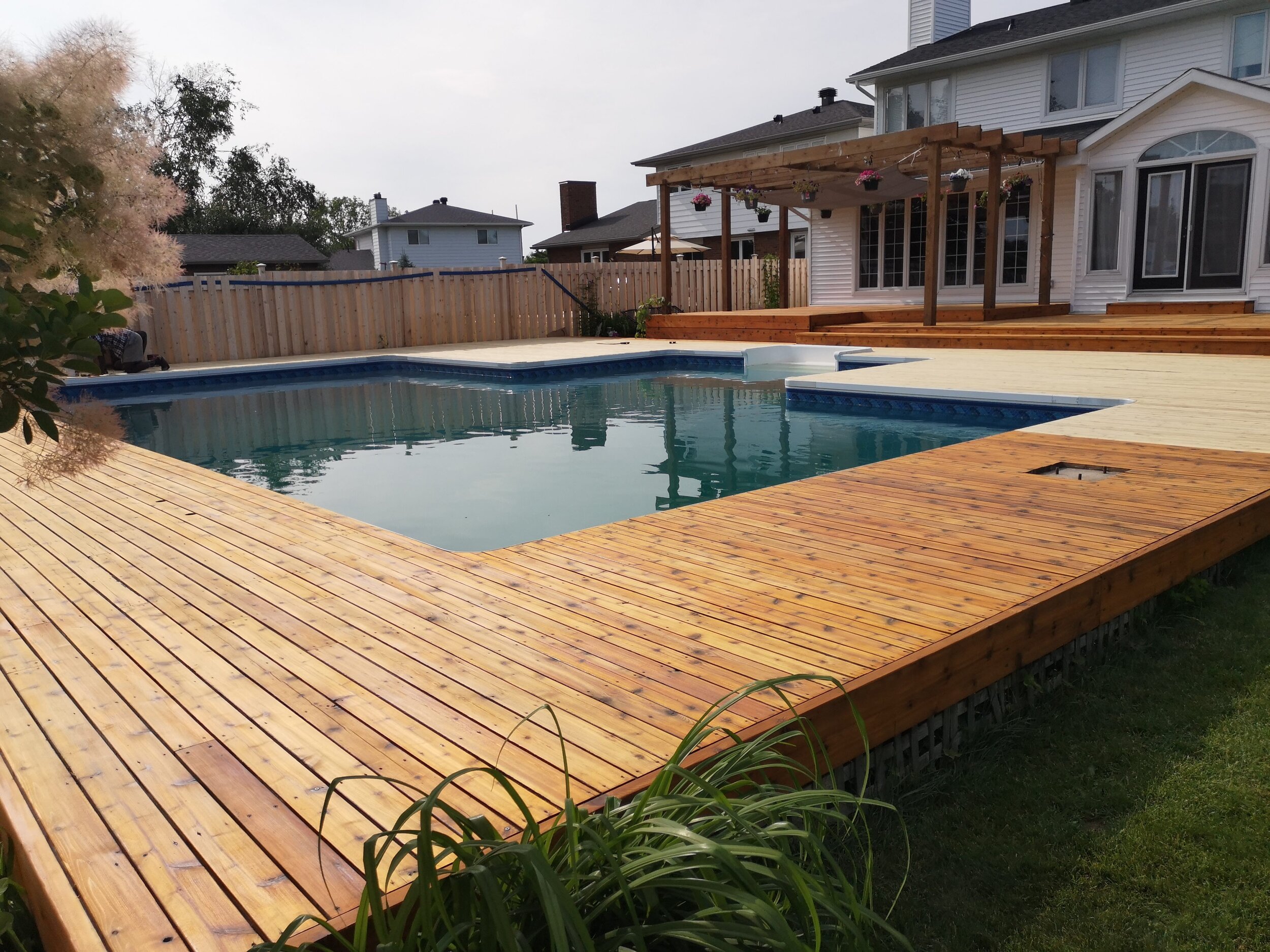
Never Peel Again: The Sand & Stain Blog
Every post, recommendation, and product we discuss is to help you on your journey maintaining your deck, fence, & exterior wood so it never blisters, cracks, or peels.
Never Peel Again: The Sand & Stain Blog
Brand new deck / old faded wood / peeling previous stain / unknown deck finish history—no matter where you are in your wood restoration & maintenance journey, we’re here to help. Scroll & enjoy!
Less Is More: Why One Coat Of Stain Conquers Two Against Deck Peeling
Before we get into why one coat is better than two to both protect your deck and prevent it from peeling, we need to go over a few assumptions about your deck, types of stain, and prep. If your deck consistently peels every year, no matter what you do, read our previous post, Why Your Deck Peels Every Year, for reasons about why that might be the case.
So, you invested good money into your brand new deck, or bought a house that came with a gorgeous deck in the backyard. You want to protect that investment as best you can, so the first inclination is to put as many protective layers on that wood as you can—’the more the better!’, you think to yourself.
Unfortunately, too much product is one of the surest ways to end up with a peeling deck—especially if it’s a thicker, water based formula.
How To Stain A Cedar Deck
The deck has been fully been prepped. Sanding is complete, and so the only thing left to do is the most satisfying step: finishing with your colour of choice for protection, and that undeniable beauty that only a true penetrating oil stain can provide.
There are a few different ways you can tackle this. To save you time, here is how we recommend doing this, and how we have served happy clients for years in our own business. This is is especially important to know, because you’ll be able to get away with stain reapplications without sanding again for years (perhaps forever) using the these tools, techniques, and products.
NOTE: The process for finish staining pressure treated wood is the as staining cedar—however, the prep is very different. If you have pressure treated wood, check out our post 5 Reasons You Should Never Sand Pressure Treated Wood here to make sure you do it right the first time.


